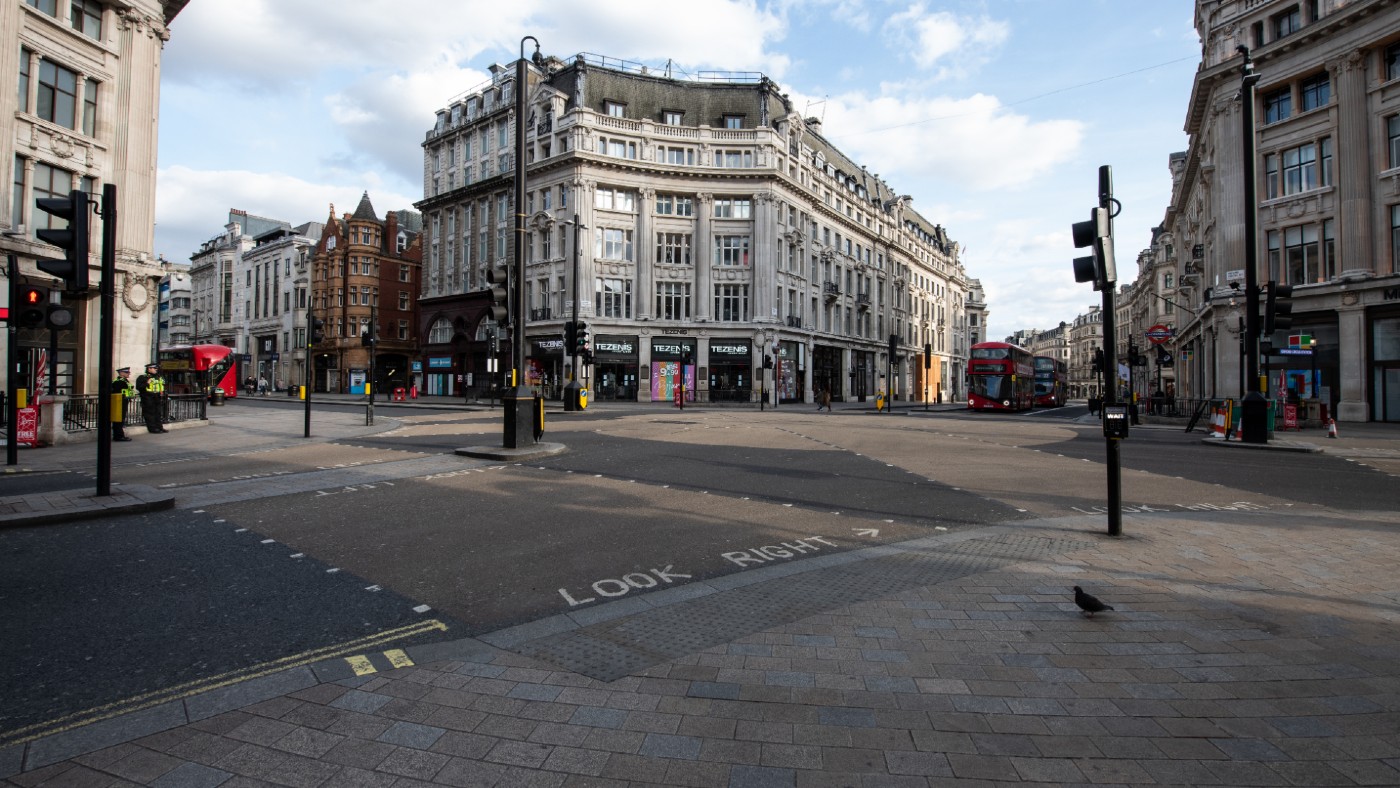
The key aim of these interventions is to reduce R t, a fundamental epidemiological quantity that represents the average number of infections generated at time t by each infected case over the course of their infection. Understanding whether these interventions have had the desired effect of controlling the epidemic, and which interventions are necessary to maintain control, is critical given their large economic and social costs. These large-scale non-pharmaceutical interventions vary between countries, but include social distancing (such as banning large gatherings), border closures, school closures, measures to isolate symptomatic individuals and their contacts, and large-scale lockdowns of populations with all but essential internal travel banned. In response to the rising numbers of cases and deaths and to preserve health systems, European countries-as with those in Asia-have implemented measures to control their epidemics. Continued intervention should be considered to keep transmission of SARS-CoV-2 under control.įollowing the identification of the new coronavirus SARS-CoV-2 in Wuhan (China) in December 2019 and its global spread, large epidemics of COVID-19 have ensued in Europe. Our results show that major non-pharmaceutical interventions-and lockdowns in particular-have had a large effect on reducing transmission. We estimate that across all 11 countries combined, between 12 and 15 million individuals were infected with SARS-CoV-2 up to, representing between 3.2% and 4.0% of the population. We estimate that-for all of the countries we consider here-current interventions have been sufficient to drive R t below 1 (probability R t < 1.0 is greater than 99%) and achieve control of the epidemic. Amidst the ongoing pandemic, we rely on death data that are incomplete, show systematic biases in reporting and are subject to future consolidation. Our model relies on fixed estimates of some epidemiological parameters (such as the infection fatality rate), does not include importation or subnational variation and assumes that changes in R t are an immediate response to interventions rather than gradual changes in behaviour. Pooling allows for more information to be used, helps to overcome idiosyncrasies in the data and enables more-timely estimates. We use partial pooling of information between countries, with both individual and shared effects on the time-varying reproduction number ( R t).

Our model calculates backwards from observed deaths to estimate transmission that occurred several weeks previously, allowing for the time lag between infection and death. Here we study the effect of major interventions across 11 European countries for the period from the start of the COVID-19 epidemics in February 2020 until 4 May 2020, when lockdowns started to be lifted.

In response, many European countries have implemented non-pharmaceutical interventions, such as the closure of schools and national lockdowns. Following the detection of the new coronavirus 1 severe acute respiratory syndrome coronavirus 2 (SARS-CoV-2) and its spread outside of China, Europe has experienced large epidemics of coronavirus disease 2019 (COVID-19).


 0 kommentar(er)
0 kommentar(er)
